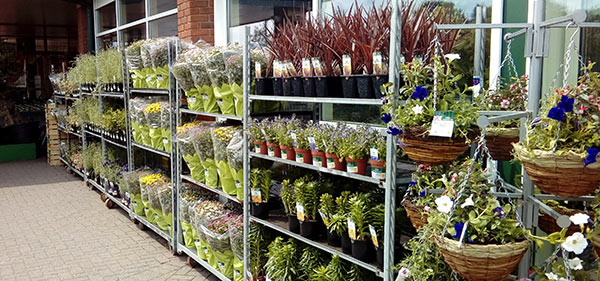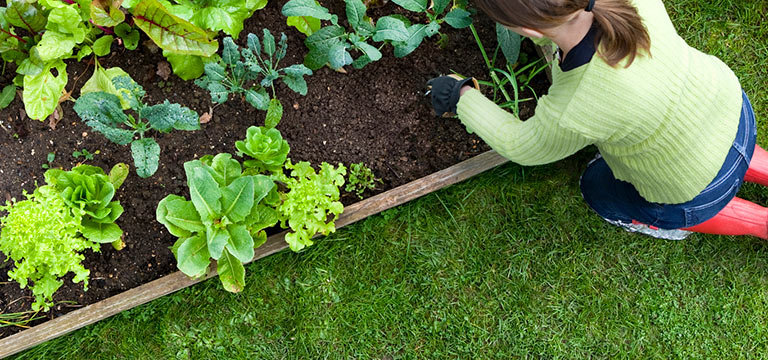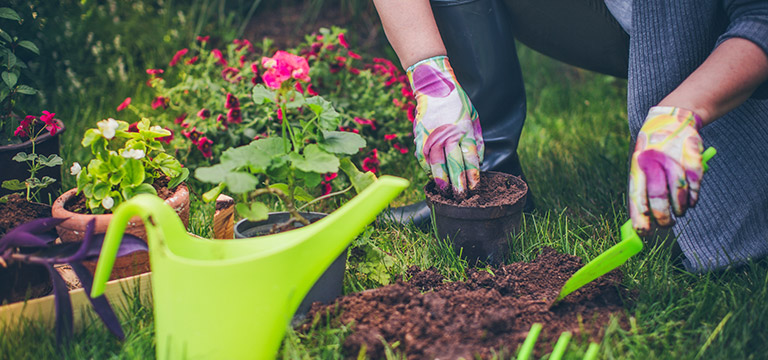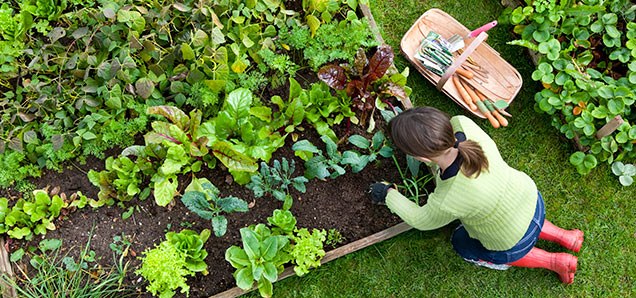
Morrisons Garden Centres are now open at selected stores - find your nearest here >>
Raised garden beds are becoming more and more popular, Rowan - but why build one?
Lots of people build raised beds to separate the ‘growing area’ from the lawn, either for aesthetic reasons, to make maintenance easier or to form part of a wildlife garden. These beds aren’t typically much higher than ground level, so log rolls or log panels are great here. A more 'structured' raised bed can also be used to add shape to a garden, or raise the plane of the garden above the ground if the garden covers a slope or a bank - sloping gardens can be difficult to manage, and water can run straight downhill towards the house.
Accessibility is another top reason for choosing to create a higher level for growing. Gardening is a great stress reliever for everyone but many people, for different reasons, might struggle to pursue their hobby at ground level. Higher beds reduce the need for bending down or kneeling, and also allow gardeners to work from a wheelchair, or a seated/supported position.
OK...so what do we need to get started?
To raise the level you can either use log rolls or panels which allows a raise of a couple of inches, or sleepers - for a higher raise. Larger rocks or stones can also work as long as they fit tightly together to keep soil and moisture in. The sky is (almost literally) the limit. To fix and make the beds you’ll need:
See which Morrisons stores have a Garden Centre >>
What are your top tips for getting it right?
For taller raised beds - make sure you can reach the middle. 1m wide is typically suitable but you can judge your own reach and work from here. It makes weeding much easier. On slopes to terrace - Use sleepers and good quality 3ft + treated stakes to support the weight of the soil. If in doubt take professional advice from a builder. For anything over 2ft high, take professional advice from a builder. You should alway use topsoil too - feel free to mix in mushroom compost & composted manure. Multipurpose compost is not appropriate here, save this for your pots.







